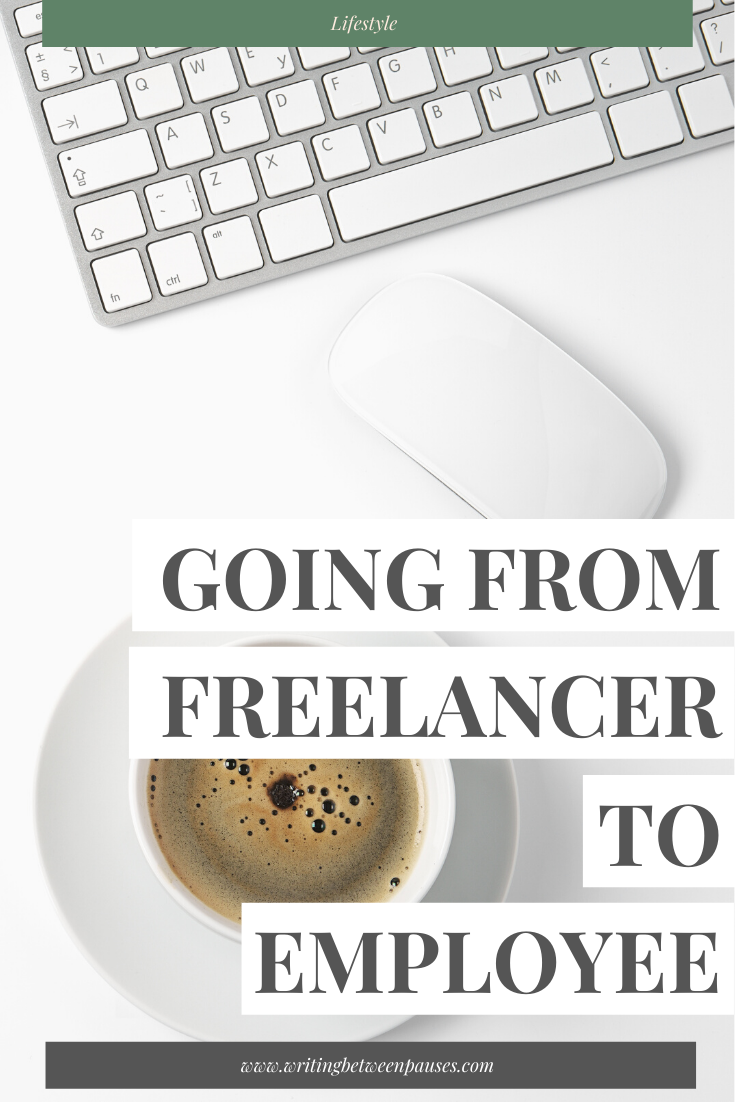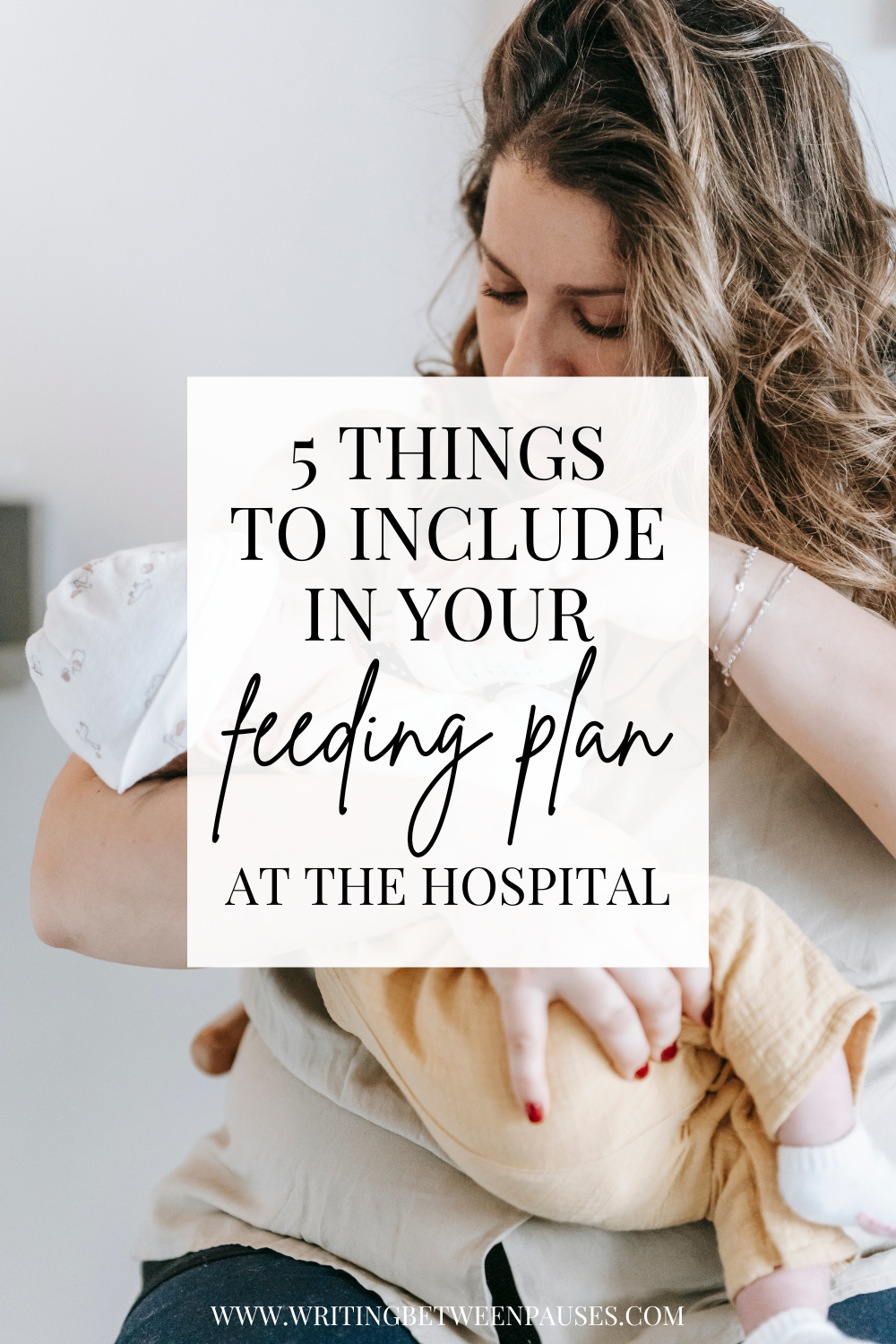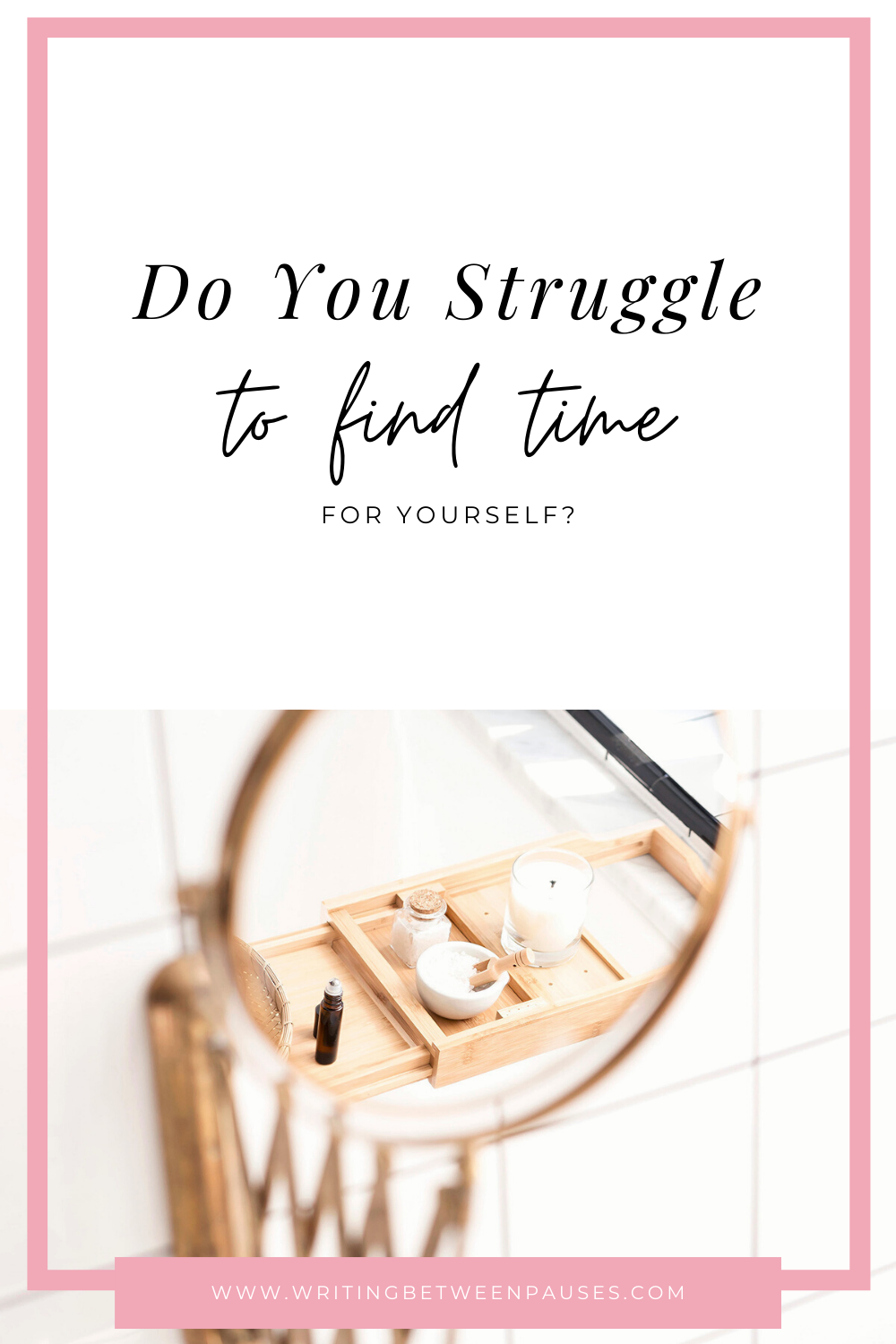I've been receiving notebooks as gifts for as long as I can remember. Well, as long as I was telling people I wanted to be a writer. Notebooks are easy gifts: they can be beautiful, they can be practical, and it's an easy writing accessory that everyone understands.
As someone who has kept a journal my entire life, these notebook gifts have been a blessing, honestly. I've rarely had to buy my own journals, especially if someone goes above-and-beyond and gives me a Moleskine for Christmas. However, it also has meant that I've always had a surplus of notebooks.
In fact, this surplus started to get really embarrassing when I was pregnant. I unearthed a box of blank notebooks while getting organized and cleaning out Forrest's room. I had a stack of empty notebooks on my desk, on the bookshelf in my office, in a drawer under my desk... I had notebooks. I had notebooks upon notebooks. I had more notebooks than I would ever use in my life. Why? Because I cannot hand write fiction, or poetry, or anything. The only thing I use notebooks for is journaling. And a girl can only journal so much.
It was time to bite the bullet. I always wanted to be the kind of person who could quietly sit with a notebook and write a story. At least get out the bare bones of it. I like journaling by hand and I like taking notes; I like writing out my grocery lists and to do lists. But trying to describe something, to actually write, by hand is a huge challenge for me. I know myself well enough now to know that it's just never going to happen. That's fine!
So I had to get rid of all those notebooks.
Some of them were beautiful, and expensive. Some of them I had bought myself, sure that the "right notebook" would spur my creativity. Some were cheap ones I'd bought in the last days of School Supply sales. Some were gifts. Some were party favors, or I received free from work.
They all went. Into a box, that went to Goodwill, that hopefully sold them to someone who needed them, who can actually write in a notebook. It felt weird to let go of them, to let go of the idea of the kind of person I thought I could try to be.

































